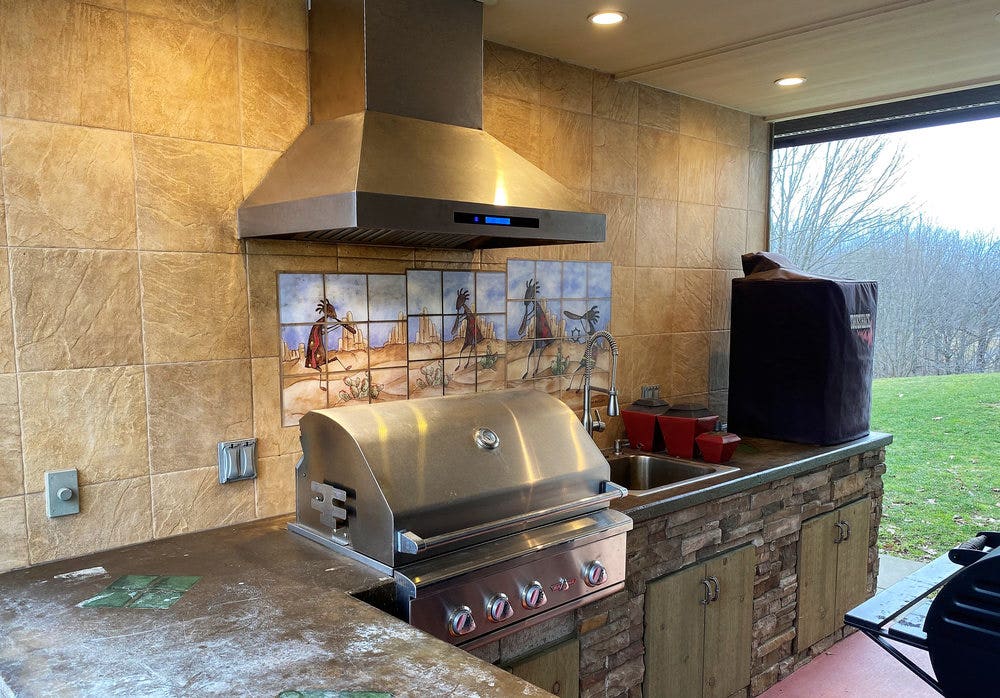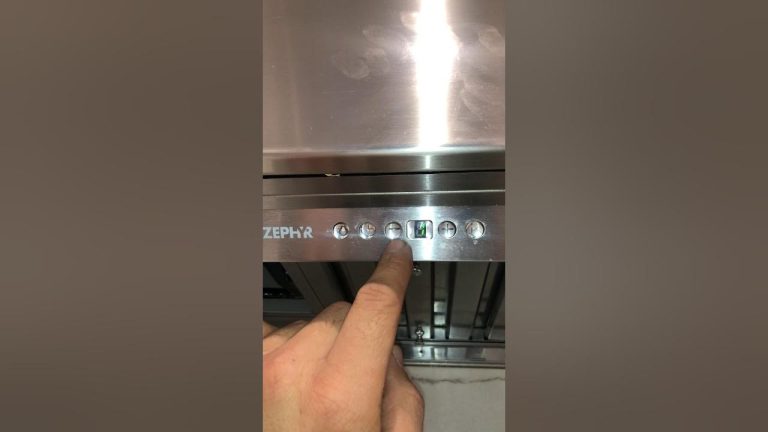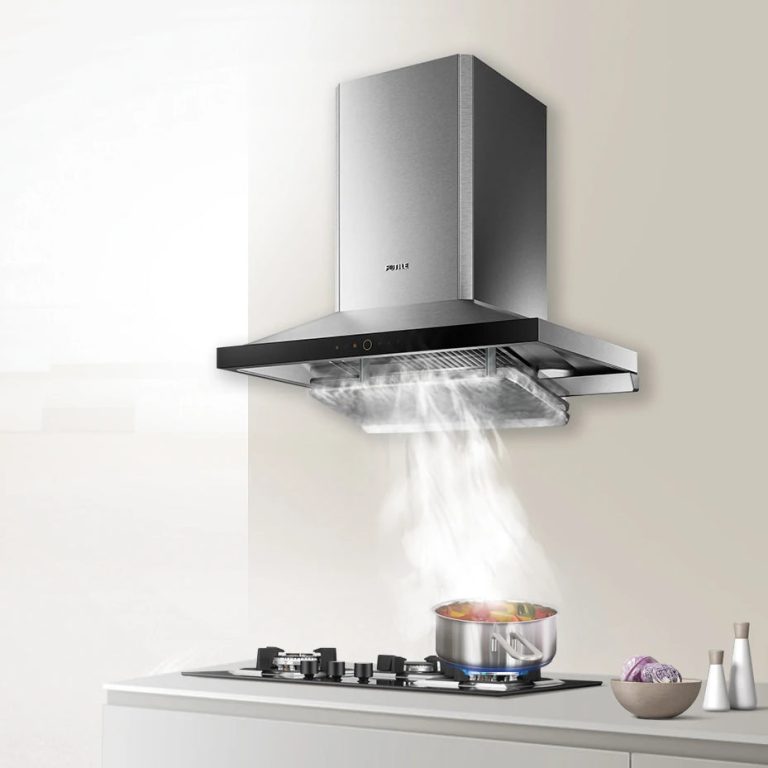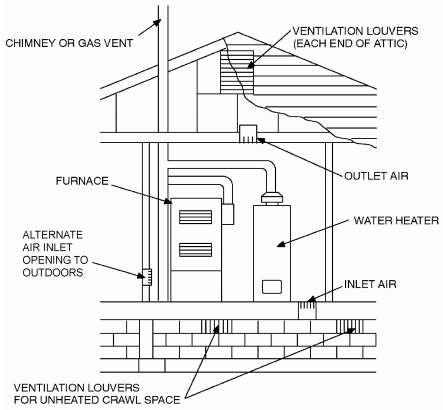A range hood is not universally required by code, but local building codes may mandate it. Always check your local regulations for specifics.
Range hoods play a crucial role in maintaining kitchen air quality. They help eliminate smoke, odors, and grease particles, ensuring a healthier cooking environment. While not always required by code, installing a range hood can significantly improve ventilation. Proper ventilation reduces the risk of mold and mildew buildup.
It also protects your kitchen surfaces from grime. Choosing the right range hood depends on your kitchen layout and cooking habits. Consult local building codes to determine specific requirements. Investing in a range hood can enhance both functionality and safety in your kitchen space.
Building Codes And Regulations
Certain building codes mandate the installation of a range hood in kitchens to ensure proper ventilation and safety. Compliance with these regulations helps maintain indoor air quality and reduce fire hazards. Always check local codes for specific requirements.
National Standards
National building codes often require range hoods. These codes ensure safety and air quality. Range hoods remove smoke, grease, and odors. They help keep kitchens clean and safe. The International Residential Code (IRC) mandates range hoods in many cases. This standard applies to most homes in the United States. Compliance with IRC is crucial for home builders and remodelers.
Local Variations
Local building codes can vary widely. Some areas may have stricter requirements. Others might be more lenient. Always check with local authorities before starting a project. Local codes can affect the type and size of range hood needed. Permits may be required in some regions. Local inspectors will ensure compliance with all regulations. Avoid fines and issues by understanding local variations.
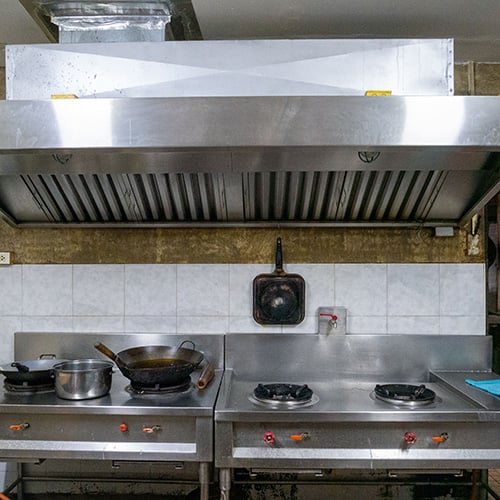
Credit: www.webstaurantstore.com
Health And Safety Considerations
A range hood helps to improve air quality. It removes smoke, grease, and odors from the kitchen. These particles can be harmful if inhaled. They can also settle on surfaces, making cleaning harder. A good range hood keeps the kitchen air clean and fresh.
Range hoods can prevent kitchen fires. They help to remove flammable particles from the air. This reduces the risk of a grease fire. Cooking without a range hood can be dangerous. Fire hazards increase when smoke and grease build up.
Types Of Range Hoods
Ducted range hoods vent air outside. They remove smoke and odors better. Ductless range hoods use filters. They recirculate air back into the kitchen. Ductless hoods are easier to install. Both types have pros and cons. Choose based on your needs and kitchen layout.
Under-cabinet hoods fit beneath cabinets. They save space and look neat. Wall-mounted hoods attach to the wall. They often make a bold statement. Both styles come in ducted and ductless options. Consider your kitchen design when choosing.

Credit: www.pinterest.com
Installation Requirements
Building codes often mandate the installation of a range hood to ensure proper ventilation. Specific requirements can vary by location, emphasizing the importance of checking local regulations.
Proper Venting
A range hood must vent properly to remove smoke and odors. This means venting outside the home. Proper venting keeps the kitchen air clean and safe. Use the correct size ductwork for your range hood. The duct should be short and straight. Avoid too many bends, as they reduce efficiency. Metal ductwork is best for safety and durability.
Electrical Considerations
Ensure the range hood is wired correctly. Use a dedicated circuit for the range hood. This prevents overloading the electrical system. Follow the manufacturer’s instructions for wiring. Consult an electrician if unsure. Proper wiring ensures the range hood works safely and efficiently.
Inspection And Compliance
Getting a permit for a range hood is crucial. Permits ensure safety and compliance. Without a permit, you might face fines. The permit process often involves submitting plans. These plans must meet local building codes. An inspector will review your plans. After approval, you can start the installation. The inspector will check the work upon completion. Correct installation is necessary for approval. Always check local requirements before starting.
Incorrect installation is a frequent violation. Improper venting can also cause issues. Some homes lack proper clearance around the hood. Electrical connections must be up to code. Using wrong materials is another common problem. These violations can lead to safety hazards. Always follow the manufacturer’s instructions. Hiring a professional can help avoid mistakes. Regular inspections can catch violations early. Fixing issues promptly ensures compliance.

Credit: canadahvacdesign.com
Benefits Of Installing A Range Hood
Installing a range hood enhances kitchen safety and air quality. It removes smoke, odors, and grease, meeting many building codes. This essential appliance helps maintain a clean and healthy cooking environment.
Improved Kitchen Environment
A range hood keeps the air in your kitchen clean. It removes smoke, grease, and odors. This makes cooking more pleasant. Your kitchen will stay fresh and inviting. It also helps to reduce the risk of smoke alarms going off.
Enhanced Home Value
Installing a range hood can increase your home’s value. It is an attractive feature for potential buyers. A well-ventilated kitchen is a selling point. It shows that the home is well-maintained. Investing in a range hood can pay off in the long run.
Conclusion
A range hood may be required by code, depending on your location and kitchen setup. Always check local regulations and consult professionals. Ensuring proper ventilation not only meets code requirements but also improves air quality. Prioritize safety and functionality in your kitchen design.
Proper installation can make a significant difference.
